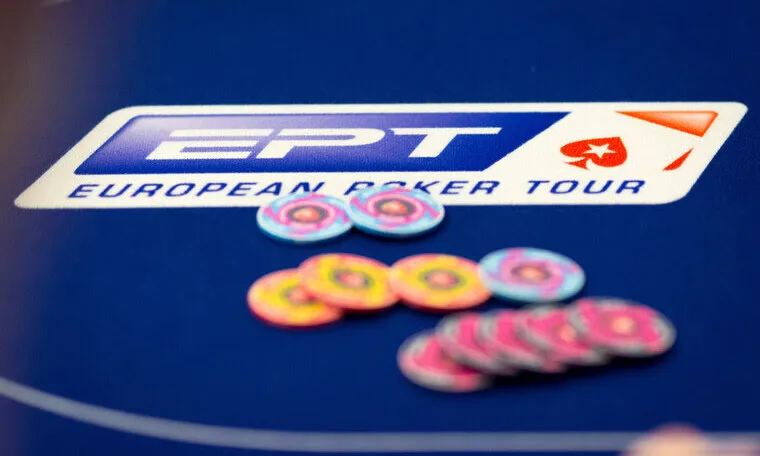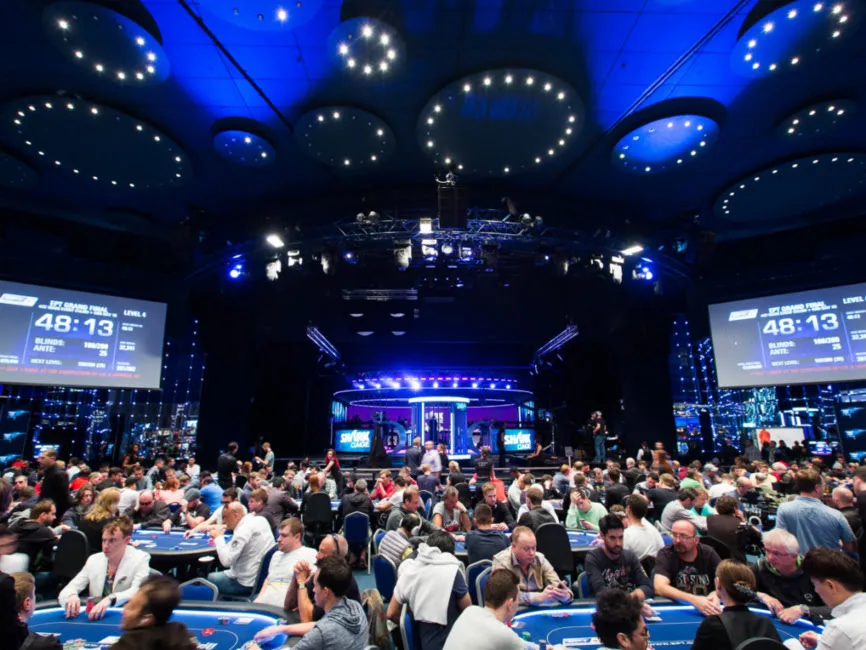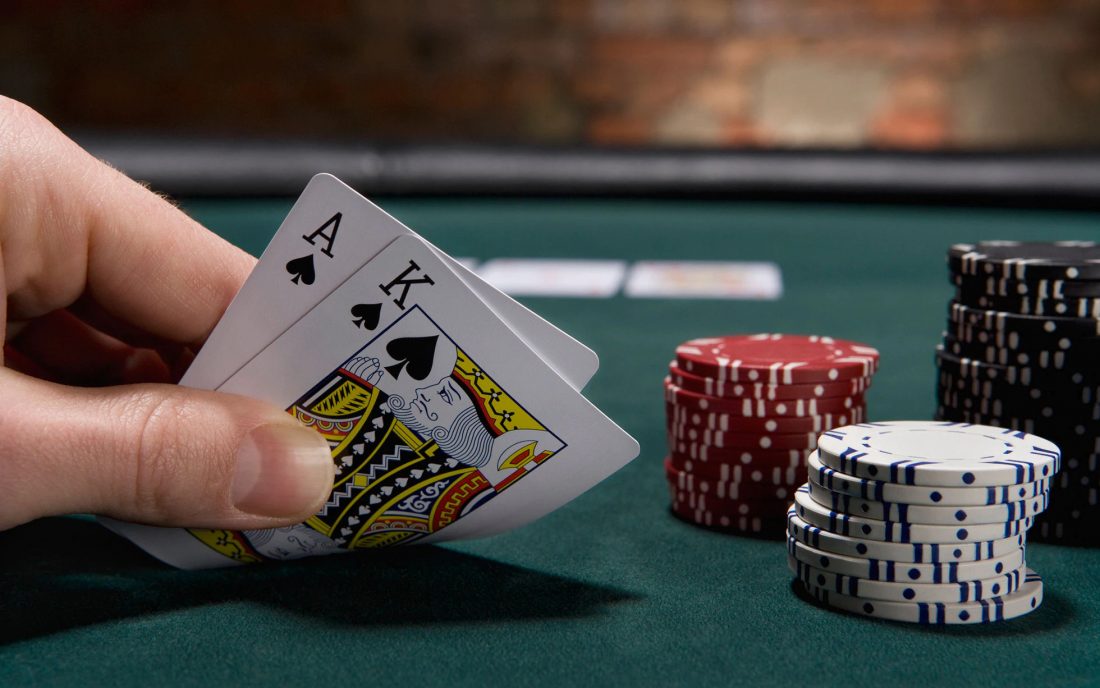The History and Evolution of the European Poker Tour

The European Poker Tour (EPT) stands as a testament to the enduring allure and competitive spirit of poker, uniting players from across the globe in a celebration of skill, strategy, and chance. Since its inception in 2004, the EPT has evolved from a nascent idea into one of the most prestigious poker circuits worldwide, offering a stage for both seasoned professionals and aspiring amateurs to showcase their talents. Integral to its growth and accessibility has been the support of online platforms like online casino MyCasino, which have broadened the tour’s reach, allowing players from every corner of the world to engage with and qualify for EPT events from the comfort of their homes.
The Early Years
Founded by John Duthie, a visionary poker player and television director, the EPT was created to offer a European counterpart to the highly successful World Poker Tour (WPT) in the United States. The early years were marked by uncertainty and logistical challenges, as the concept of a pan-European poker tour was untested.
From the outset, the EPT distinguished itself with its high-quality venues, rigorous standards, and the integration of local cultures and languages, ensuring a uniquely European flavor.
The inaugural season featured seven stops, including major European cities such as Barcelona, London, and Monte Carlo. The reception exceeded expectations, drawing players from across Europe and beyond, and setting the stage for the EPT’s rapid growth.
Expansion and Growth
The EPT quickly expanded, adding more destinations and increasing prize pools. By its fifth season, the tour had doubled its number of stops and significantly boosted its global profile.
Television broadcasts and later, online streaming, were pivotal in popularizing the EPT. They brought the excitement of high-stakes poker into millions of homes, creating a global fanbase.
Early seasons saw poker legends such as Victoria Coren Mitchell and Bertrand “ElkY” Grospellier etch their names into EPT history, winning major titles and captivating audiences.
The Poker Boom and the EPT
The mid-2000s poker boom brought a surge of interest in the game, with the EPT at the forefront in Europe. The tour saw record participation and prize pools, reflecting poker’s growing mainstream appeal.
This era saw the introduction of high roller events, catering to the growing segment of elite poker professionals and affluent amateurs seeking higher stakes and competition.

Challenges and Adaptations
The EPT faced challenges, including recessions and global health crises, forcing cancellations and a temporary pivot to online platforms. These periods tested and ultimately showcased the resilience and adaptability of the EPT framework.
The EPT has continually adapted to changing player demographics and advances in technology, incorporating online qualifiers and leveraging social media to engage a new generation of players.
Iconic EPT Moments
Memorable moments include dramatic final table showdowns, underdog victories, and the crowning of the tour’s first double champion, signifying the high drama and skill inherent in the game.
The EPT Today
Today, the EPT boasts a streamlined selection of flagship events, focusing on quality over quantity. Locations like Barcelona and Monte Carlo remain staples, drawing thousands of participants yearly.
The EPT maintains its prestige through consistently high standards, a commitment to the player experience, and a prize structure that rewards excellence.
The Future of the European Poker Tour
As the EPT looks to the future, it may further integrate online elements, explore new markets, and continue to evolve in response to player feedback and the global poker landscape.




